If you’ve ever asked a seasoned Linux user what desktop distribution is best for a new user, chances are pretty good you might be told Ubuntu. If you ask about server distributions, you might hear the same answer. You might also hear Debian added to the mix.
Debian and Ubuntu are free and excellent Linux distros. There is no clear winner in a contest. However, I reckon Ubuntu is more accessible and user-friendly. Debian is famed for its security, a view I and the online community share. As one user on the Debian User Forums neatly puts it: “Need handholding? Go with Ubuntu. Want privacy? Use Debian.”
Although these two open-source operating systems share many similarities, they also differ. In this article, I will examine both Linux distros and determine which is the best fit for your business needs.
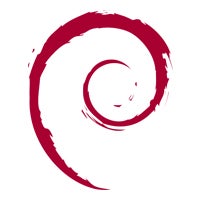
What is Debian?
Debian is often referred to as the “Mother of all distributions.” Ubuntu is based on Debian, and hundreds — if not thousands — of distributions based on Ubuntu. The Debian Project, created by Ian Murdock, first released Debian on Aug. 16, 1993.
The name Debian was inspired by the first name of his then-girlfriend Debra Lynn. Debian codenames are based on the names of characters from the Toy Story films, and the unstable trunk of the OS is named after Sid, the character in the films who destroyed his toys.
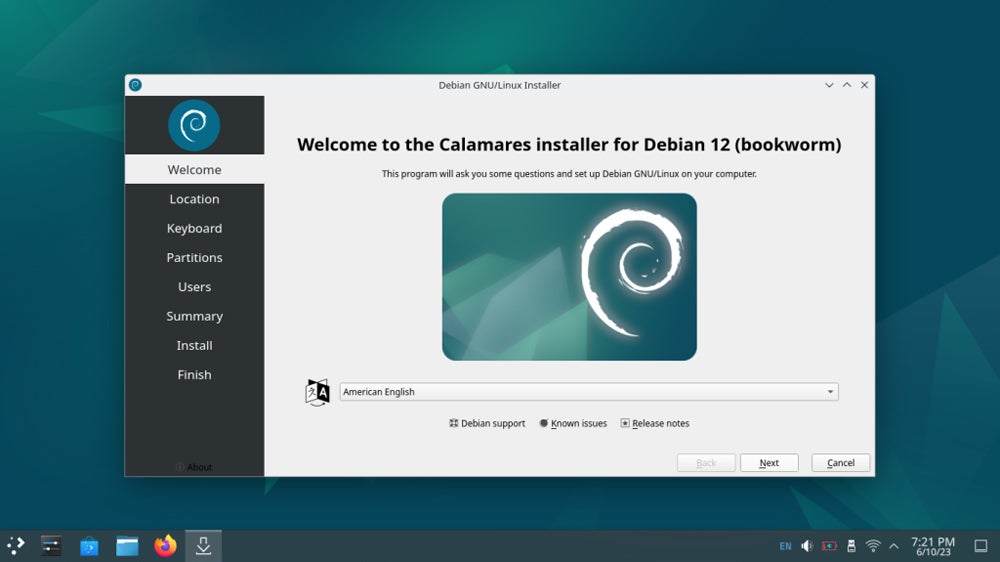
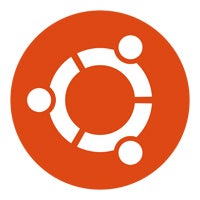
What is Ubuntu?
Ubuntu is an open-source operating system based on Debian, which was developed by Canonical. Ubuntu’s initial release was version 4.10 (Warty Warthog) in October 2004. Ubuntu is released in three different versions:
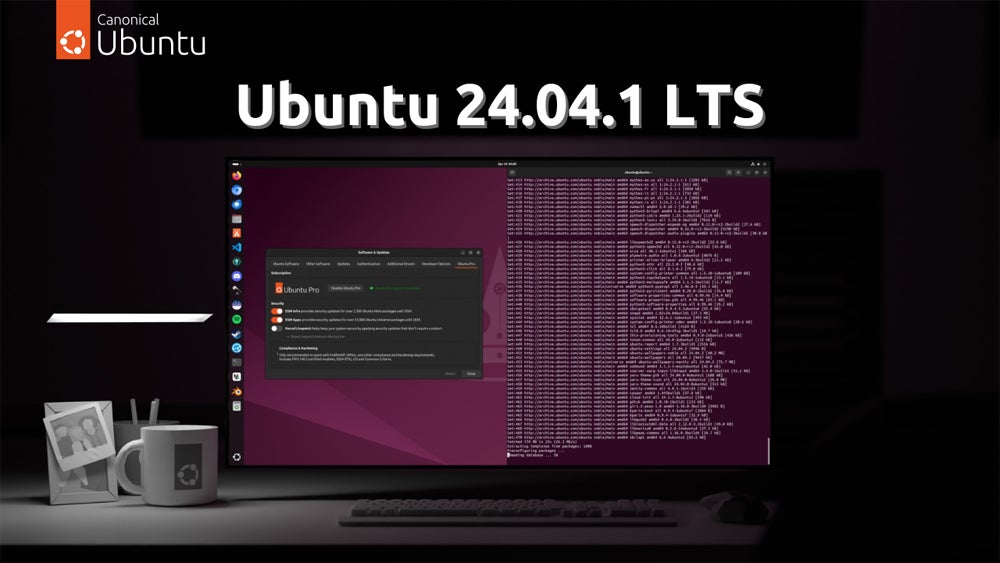
SEE: Ubuntu Server: A Cheat Sheet (TechRepublic)
Debian vs Ubuntu: Feature comparison
| Package managers | ||
| Default desktop environments | ||
| Desktop and server releases | ||
| Security mechanisms |
Head-to-head comparison: Debian vs Ubuntu
Package managers
Both Debian and Ubuntu share the same base package management system, apt and dpkg. Apt (and apt-get) are used to install packages from remote repositories, whereas dpkg is used to install downloaded .deb files.
The biggest difference between Debian and Ubuntu is that Ubuntu ships with the Snap universal package manager installed by default. Canonical developed snap but is not found on Debian, although it can be installed. That’s not a major inconvenience, but I see it as an example of how Ubuntu is friendlier to the user.
SEE: Tools and Tips for Creating Data Backups on Linux Servers (TechRepublic Premium)
Sudo
Both distributions use the sudo security mechanism, but only Ubuntu adds the default user created upon installation to the sudo group by default.
For Debian, you either have to manually add users to the sudo group with a command or run as the root user, such as usermod -aG sudo USER – where USER is the username to be added.
For this reason, I find Ubuntu slightly more convenient than Debian, as with the package managers.
For security reasons, it is highly recommended you add at least one regular user to the sudo group to avoid having to log in or switch to the root user.
SEE: Windows, Linux, and Mac Commands Everyone Needs to Know (Free PDF)
Release cycle
Ubuntu comes in two different releases: LTS (Long Term Support) and regular releases. The LTS releases are made available every two years and receive five years of standard security maintenance for all packages in the “Main” repository. Regular releases are made available every six months and only receive nine months of support.
If users opt for Ubuntu Pro (formerly known as Ubuntu Advantage) subscription, they can access Expanded Security Maintenance, which covers security fixes for packages in both the “Main” and “Universe” repositories for 10 years.
Debian, on the other hand, has three different releases: Stable, Testing, and Unstable. Of the three, only the Stable release should be used for production purposes. However, the Testing release does include newer software, so if you want Debian with more recently released software, go with the Testing branch. The Testing version is used as the basis for the Stable branch. Only the Stable branch has a regular release cycle, which is every two years.
SEE: How-to Guide for Linux Administrators (Free PDF)
Application and software availability
Neither Debian nor Ubuntu ship with bleeding-edge software, and I’d say there is no outright winner in this department. However, between the two, Ubuntu defaults to newer packages. It’s worth noting that Ubuntu performs all updates with the user logged in and only requires a reboot if the kernel is upgraded.
Debian, on the other hand, values stability. Because of that, it does not aim to release the latest versions of most software.
According to Debian, as of November 2024, “more than 63,879 packages, ranging from news servers and readers to sound support, FAX programs, database and spreadsheet programs, image processing programs, communications, net, and mail utilities, Web servers, and even ham-radio programs are included in the distribution.”
In terms of Ubuntu, it provides applications for web browsing (Chrome, Firefox), messaging, gaming (Steam, Discord), content creation (OBS Studio), office productivity tools (LibreOffice), and development tools. These are accessible via the Ubuntu Software Center, which allows installing additional software from third-party repositories if needed. Ubuntu says users can also access thousands of applications through the Snap Store.
SEE: 5 Tips for Managing Linux User Accounts (TechRepublic Premium)
Supported platforms
Ubuntu is officially compatible with five processor architectures — x86_64 (aka AMD64), ARM64 (aka AArch64), PowerPC64 (aka POWER), System z (aka S390X), and RISC-V. Previously supported architectures include x86, PowerPC, and SPARC64.
Debian supports both 64 and 32-bit hardware, as well as 64-bit ARM, ARM EABI, ARMv7, little-endian MIPS, 64-bit-little-endian MIPS, 64-bit little-endian PowerPC, and IBM System Z.
SEE: Ubuntu Server Installation Checklist (TechRepublic Premium)
Desktop environments
Both Debian and Ubuntu default to the GNOME desktop environment. However, the GNOME desktop found on Ubuntu is a custom version, which adds a dock and a few other tweaks to make it unique.
You can opt to install other desktop environments on both, and Debian even makes it easy to select your desktop of choice during installation (from GNOME, Xfce, KDE Plasma, Cinnamon, MATE, and LXDE). If you have older hardware, I’d recommend MATE as it can run well on systems with modest hardware requirements.
There are also versions of Ubuntu that ship with different desktops, such as Kubuntu, Xubuntu, and Lubuntu. The initial letters are the obvious clues, as Kubuntu uses KDE Plasma, Xubuntu uses Xfce, and Lubuntu uses LXQt.
SEE: Top Six Linux Distributions for Your Data Center (TechRepublic Premium)
Alternatives to Debian and Ubuntu
If Debian and Ubuntu don’t seem appealing, consider the range of alternatives. There are many to choose from, but I’ve selected a few of the best below.
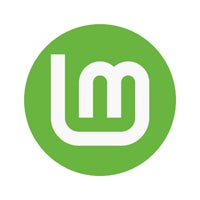
Linux Mint is based on Ubuntu. Mint opts for a default desktop environment, Cinnamon, that is much more familiar to the masses. Unlike Ubuntu’s GNOME GUI (which is a more modern take on the desktop), Cinnamon goes out of its way to retain a very familiar design that offers just enough modern design to keep it from looking like a desktop from the early 2000s while retaining everything that made interacting with a PC so simple in those days.
You can read more about this Linux distro with TechRepublic Premium’s Guide to Linux Mint.
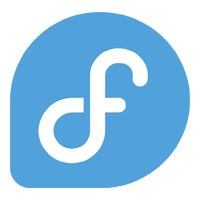
Fedora is an open-source operating system sponsored by Red Hat that contains software distributed under various licenses. Fedora is the upstream source for Red Hat Enterprise Linux, which is a testing ground for Red Hat’s flagship product. Fedora was first released in November 2003 and tends to focus on innovation, integrating new technologies, and working in conjunction with the upstream Linux community, so the work is available for all Linux distributions.
Get more details with this Fedora vs Ubuntu review.

Red Hat Enterprise Linux is an open-source operating system. RHEL has gained its reputation among big enterprises for providing a modern, security-oriented OS. Companies with advanced digital resources, technology stacks, and workloads use the OS to scale and perform on-premises, virtual machines or containers, and in the cloud. The OS is certified on hundreds of clouds and with thousands of hardware and software vendors.
Choosing between Debian and Ubuntu
Some people may wonder which of the two is better for programming and which is faster.
In terms of programming, I reckon Debian and Ubuntu are equally useful and impressive. I looked around, and the feedback on Quora and Reddit has a similar view. For instance, one user on Quora notes that “For general-purpose programming, the differences between those operating systems [plus Fedora] are so small that there’s no difference.” Meanwhile, over on Reddit, a discussion about Debian and Ubuntu also reveals no victors in this battle.
The question of speed is another matter. The consensus is Debian wins that round as it is quicker, and I agree with that opinion. For example, a user on Reddit astutely explained, “Ubuntu is generally a bit ‘heavier’ than Debian, more things get installed and started by default. I can also imagine, that snap does not help (snap definitely uses more disk space, I don’t know about loading time and responsiveness.)”
Ultimately, I think the choice can be narrowed down fairly simply: Do you want an operating system that places a very high value on stability at the expense of newer applications and some simplicity, or do you want an OS that prioritizes user-friendliness?
For a remarkably stable operating system, go with Debian. For an OS that offers unparalleled hardware detection and ease of use, go with Ubuntu.
Either way, both Debian and Ubuntu are great operating systems that could be used by just about anyone.
















Leave a Reply